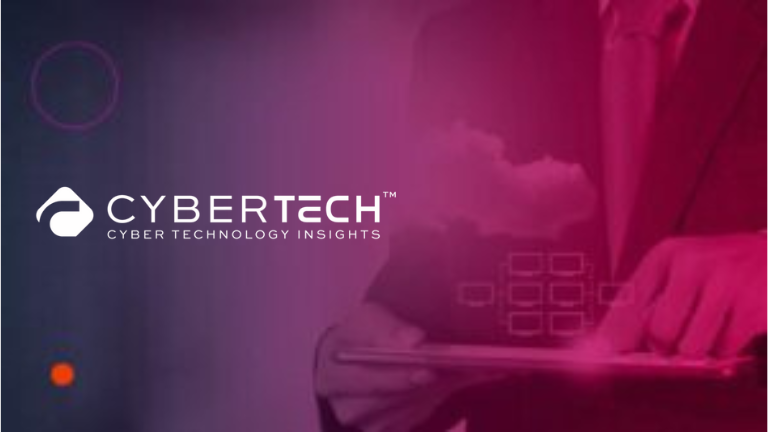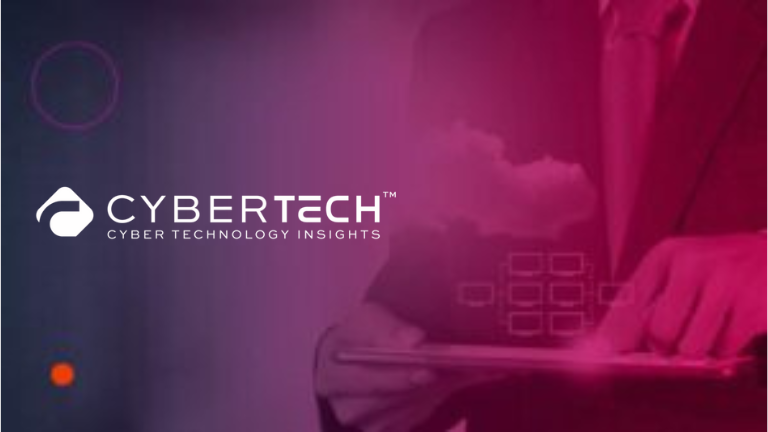By 2030, Gartner predicts that preemptive cybersecurity solutions will dominate IT security investments, capturing 50% of spending—up sharply from less than 5% in 2024. This shift signals a move away from traditional detection and response (DR) tools as organizations seek more proactive defenses against increasingly sophisticated cyberthreats.
Preemptive cybersecurity leverages advanced AI and machine learning to identify and neutralize threats before they occur. Core capabilities include predictive threat intelligence, automated moving target defenses, and advanced deception techniques.
“Preemptive cybersecurity is poised to become the new benchmark for any organization operating across the vast layers of the global attack surface grid (GASG),” said Carl Manion, Managing Vice President at Gartner. “Relying solely on reactive DR strategies will no longer suffice against AI-enabled adversaries. Organizations must implement autonomous measures that act preemptively to stop threats before they can impact operations.”
Cyber Technology Insights : Bonfy.AI Boosts Microsoft 365 Security with Advanced AI-Powered Next-Gen DLP Solutions
Manion further emphasized the risks of ignoring this AI-driven transformation. “Organizations that cling to reactive approaches put their products, services, and customers at an exponentially higher risk. AI-driven attacks are evolving rapidly, and traditional security models will struggle to keep pace.”
With the GASG expanding at an unprecedented rate, Gartner anticipates that the number of documented Common Vulnerabilities and Exposures (CVEs) will exceed one million by 2030—a 300% increase from roughly 277,000 in 2025.
Autonomous Cyber Immune System (ACIS): The Next Frontier
The future of robust digital security rests on the development of the Autonomous Cyber Immune System (ACIS), regarded as the next evolution of preemptive cybersecurity. ACIS frameworks are designed to be proactive, adaptive, and decentralized, capable of responding independently to emerging threats across the GASG.
“Given the relentless growth and complexity of the GASG, traditional reactive defenses are no longer adequate,” said Manion. “Although still emerging, ACIS represents the future of digital protection. Building intelligent, autonomous defense frameworks is no longer optional—it is critical for safeguarding our increasingly interconnected world.”
Cyber Technology Insights : GreyNoise Intelligence Launches MCP Server to Power the Future of Agentic SOC
From Generic to Specialized Security Approaches
Gartner expects a significant transition from broad, one-size-fits-all DR platforms to highly targeted preemptive solutions. Many of these solutions will rely on agentic AI and domain-specific language models (DSLMs) to address specialized security challenges across industries and technologies.
Areas of focus will include:
- Industry-specific needs: Healthcare, finance, manufacturing
- Application-specific threats: Industrial control systems, cloud-native applications, AI/ML pipelines
- Targeted attack methods: Ransomware targeting critical infrastructure, supply chain attacks on SaaS platforms
“This trend toward specialization will accelerate collaboration and integration within the cybersecurity ecosystem,” explained Manion. “No single vendor can secure the entire GASG. Therefore, partnerships, interoperability, and shared standards will become essential.”
For example, a vendor focused on preemptive IoT security in healthcare may need to integrate seamlessly with a platform securing cloud-based electronic health records. Such interconnections will foster alliances, joint go-to-market strategies, and standardized APIs to enable smooth cooperation between different cybersecurity tools.
Cyber Technology Insights : CrowdStrike Delivers Unified Data Protection for the AI Era
To participate in our interviews, please write to our CyberTech Media Room at sudipto@intentamplify.com



